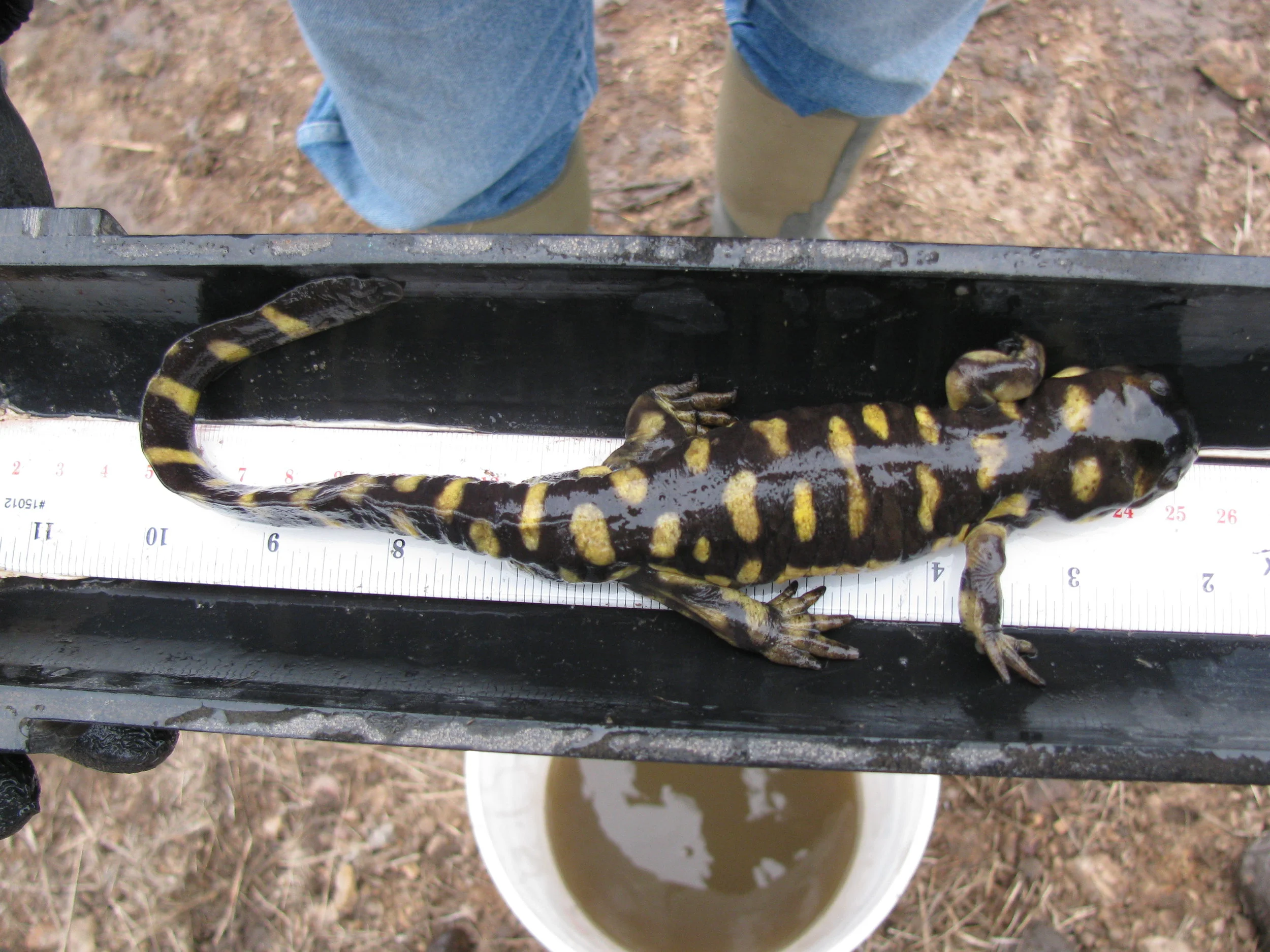Intro to eDNA
Environmental DNA (eDNA) is the genetic material left by organisms in the environment. We can extract this DNA from environmental samples – samples of water, soil, aquatic sediments, or ice – and identify the species from which the DNA originated. Generally, eDNA refers to DNA extracted from any type of environmental sample. In the materials hosted on this website, however, eDNA is defined as DNA left by macro-organisms (organisms that can be seen with the naked eye) in aquatic environments, without any visible sign of the source.
How do we use eDNA?
There are two approaches for using eDNA. The first is to confirm the presence or absence of a single (or a few) species in which we’re interested. This target-species approach can be a powerful tool for finding specific plants or animals we want to conserve (like threatened or endangered species) or species we want to control (such as invasive species or disease-causing pathogens).
The other approach, known as metabarcoding, works to describe the entire aquatic community by identifying every species whose DNA is in the water sample. This can give us a good idea of the biodiversity of the water body, which can help guide conservation efforts.
Target species detection
This website focuses on species-specific eDNA detection, which is highly reliable for answering management-relevant questions, particularly for rare species. However, many of the materials here are relevant to eDNA metabarcoding approaches as well.
At-risk species
Many rare species (including threatened and endangered species) are at risk of population decline or even extinction from threats such as habitat loss, predation, invasive species, or disease. They might occur in low densities or at only a few locations, which can make them hard to find. It’s critical that we know not only where they are, but also whether any pathogens, predators, competitors, or invasive species are present, so we can address these and other factors that put them at risk. Additionally, some field survey methods such as capturing animals with nets can put a lot of stress on sensitive animals or damage their habitat. Because we can use eDNA to detect species at very low densities, it’s an effective tactic for finding rare species without disturbing them.
Invasive species
Aquatic invasive species, often called aquatic nuisance species, are plants and animals that invade ecosystems outside of their natural, historic ranges and threaten the diversity and abundance of native species and ecosystems. Invasive species initially occur in low densities, but once they gain a foothold they can disrupt commercial, recreational, and agricultural activities that depend on intact ecosystems. Environmental DNA methods can detect invasive species even when only a few individuals are present and provide an early warning that an invasion is underway, allowing us to implement control methods before the invasive species can become abundant.
Disease
Bacteria, viruses, fungi, and other micro-organisms in aquatic environments can cause diseases in fish, amphibians, marine mammals, semi-aquatic reptiles, and invertebrates. However, we often don’t know that the disease-causing pathogens are present until we discover a lot of sick, dying, or dead animals. If we can find a pathogen’s DNA in water samples before a disease outbreak, we can get ahead of the curve for preventing the disease from spreading.
Biodiversity
One measure of the biodiversity of an ecosystem is species richness, or the number of species that occur in the ecosystem. It’s exceedingly difficult to identify all of the species in a pond, stream, lake, or ocean, though, because different groups of species require specific field survey methods to confirm that the species are there, and some species are hard to find with any survey method. Rapidly developing methods use environmental DNA to identify all of the taxonomic groups present in a set of water samples, which can be a cost-effective alternative to multispecies field survey strategies.


